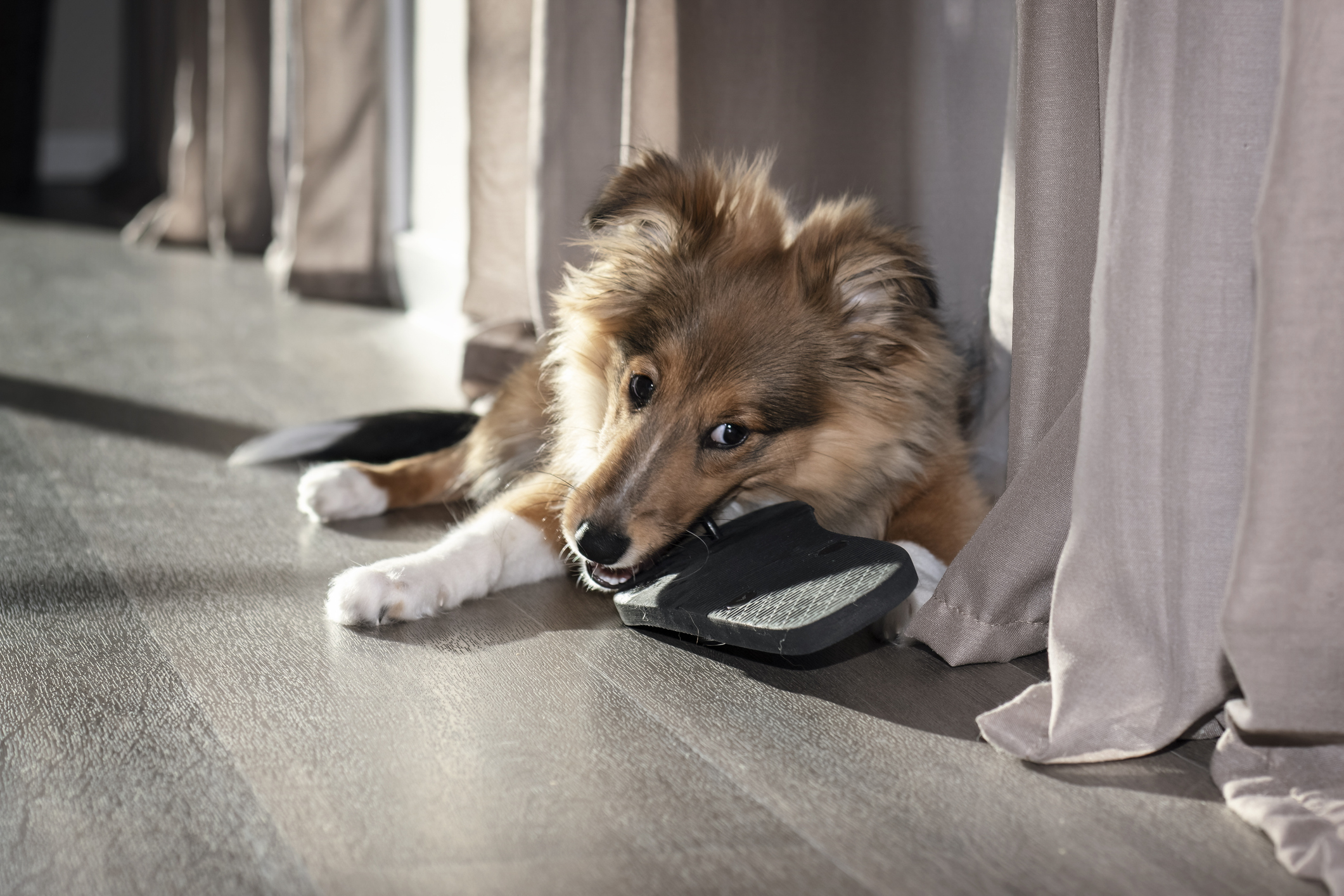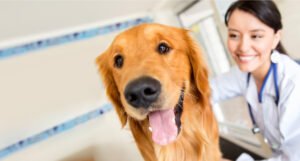Dogs are notorious for eating things they shouldn’t. From chocolate to grapes to raisins, there are multiple items that can be toxic or harmful to canines if ingested. Data shows other common but more unusual items ingested by dogs last year were human medication, shoes and corn cobs. When a toxin or foreign body is consumed, it could mean a costly trip to the vet for examination or surgery.
PetSure 2023 data indicates the average treatment cost for dogs ingesting toxins and foreign bodies were:
| Cost Type | Amount* |
|---|---|
| Average treatment cost (without surgery) | $1,064 |
| Average treatment cost (with surgery) | $5,067 |
| Highest treatment cost | $41,671 |
Tips to prevent ingestion of dangerous items for dogs
If given the chance, dogs typically like to eat chocolate, grapes, sultanas, raisins, onions and garlic . Dr. Betty Chan and Dr. Kylie Mitchell advise pet parents to give their dog safe toys to chew on while keeping a close eye on them to prevent the ingestion of these toxic items. Other tips include:
Dog-proofing your home: Secure rubbish bins, keep hazardous items out of reach and install pet-friendly gates to confine dogs to pet to safe areas.
Environmental enrichment: Stimulated dogs are less likely to ingest harmful objects. Providing them with entertainment and mental stimulation can help to deter unwanted chewing or swallowing due to boredom.
Training tricks: Incorporate commands like “drop” or “leave it” into your dog’s training regimen to prevent accidental ingestion of foreign objects.
Case study: Frankie’s expensive eating habit
Frankie is a mischievous three-year old Cavoodle that’s affectionate and friendly, but she has one trait that’s caused her pet parent some trouble – Frankie is a serial muncher.

Despite Amy’s best efforts to safeguard areas of the house by closing doors and keeping items out of reach, Frankie always seems to find ingenious ways of getting her nose into just about anything.
In November 2022, Amy woke to the sound of Frankie vomiting. Concerned, she rushed Frankie to the local emergency vet. Diagnostic tests revealed a blockage in Frankie’s small intestine, caused by an astonishing array of fabric parts—nearly 20 in total!
The vet advised surgery would be needed to remove the blockage, emphasising that without it, Frankie’s life was at risk. For Amy, it was a no-brainer to go ahead with the surgery and while she was shocked by the cost, she was grateful to have pet insurance. Amy paid over $7,000 upfront and was reimbursed $5,705 from her insurer, so she was only out-of-pocke t around $1,400.
Amy encourages pet parents to consider pet insurance, highlighting its invaluable role in unexpected medical emergencies.
“Our pets are such an important part of our family, and if you’ve fallen in love with your fur-babies as much as we did with ours, don’t hesitate to take out pet insurance. I’ve been to the vet many times and overheard other pet parents at the front desk stating they can’t afford treatment and they have no choice but to leave without their pet – it’s just devastating.” – Amy
Which dog breeds are most at risk?
The top five dog breeds^ most at risk of claiming for ingestion of a foreign body or toxin are:
- Miniature Dachshund
- Golden Doodle (Groodle)
- Golden Retriever
- Cocker Spaniel
- Labrador Retriever
*PetSure claims data, 2023 calendar year
^PetSure claims data for 2023, considering breeds with at least 2,000 pets
Pet insurance can help by covering a portion of the eligible vet bill if the unexpected happens. Because it is difficult to predict the costs of veterinary care, it can help to have measures in place to help prepare for the unexpected. Check out our partner network and explore our policy tools to find a pet insurance policy.
Not all conditions or items are covered by Pet Insurance. Refer to the applicable Product Disclosure Statement for information about coverage and exclusions.



 Fact checked
Fact checked





